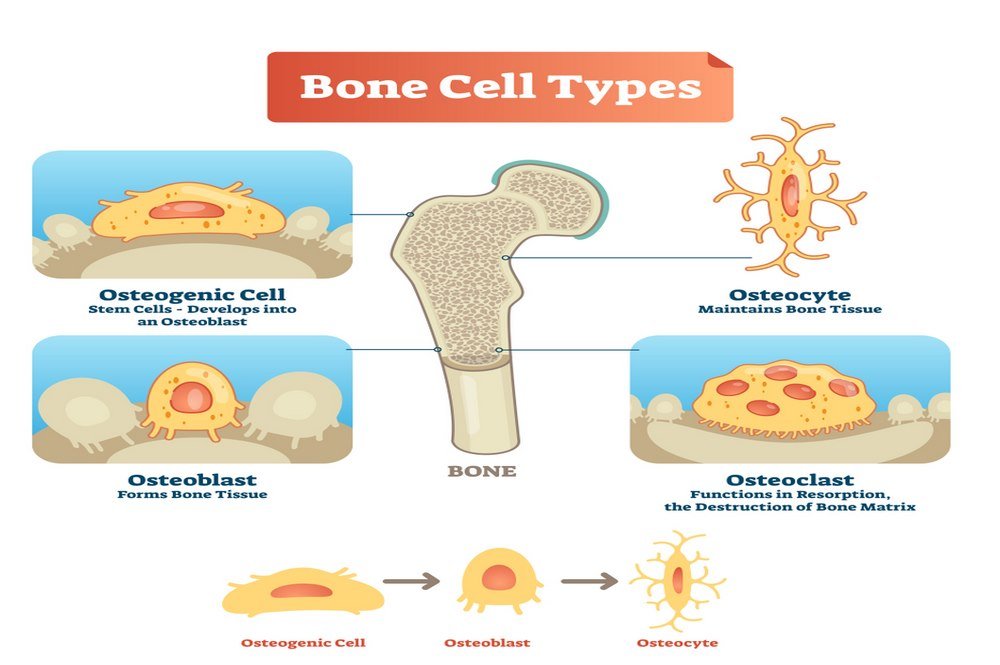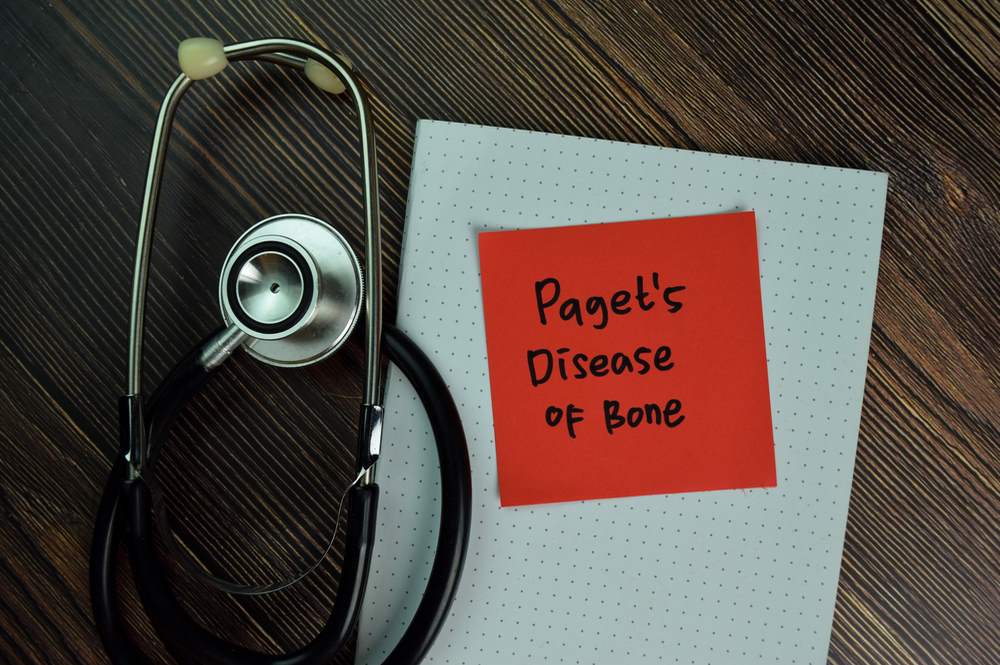Underlying Pathology Of Osteoporosis

The bone structural equilibrium is maintained by the activity of active bone cells; osteoblasts and osteoclasts, and relatively dormant mature cells; osteocytes. Osteoblasts function to lay down new bone cells in the bone matrix. In doing so, they progress through stages developing themselves into fully mature osteocytes. Osteoclasts on the other hand, cause bone resorption. They dissolve the bone matrix for the continuation of the cycle of regeneration. Increased osteoclastic activity results in bone loss. This loss, when is unaccompanied by bone formation by osteoblastic activity, results in an overall decrease in bone density and osteoporosis. [2]
Osteoporosis or Paget’s disease?

These two diseases of the skeletal system are often times confused due to the similarity in causing skeletal deformity. Paget’s disease is characterized by abnormal bone architecture due to an imbalance in the activity of bone cells. It targets only a few bones like skull, leg or forearm, or pelvic bones. The bones in Paget’s disease become weak and prone to disfigurement like curving of long bones and expansion of the skull size.

